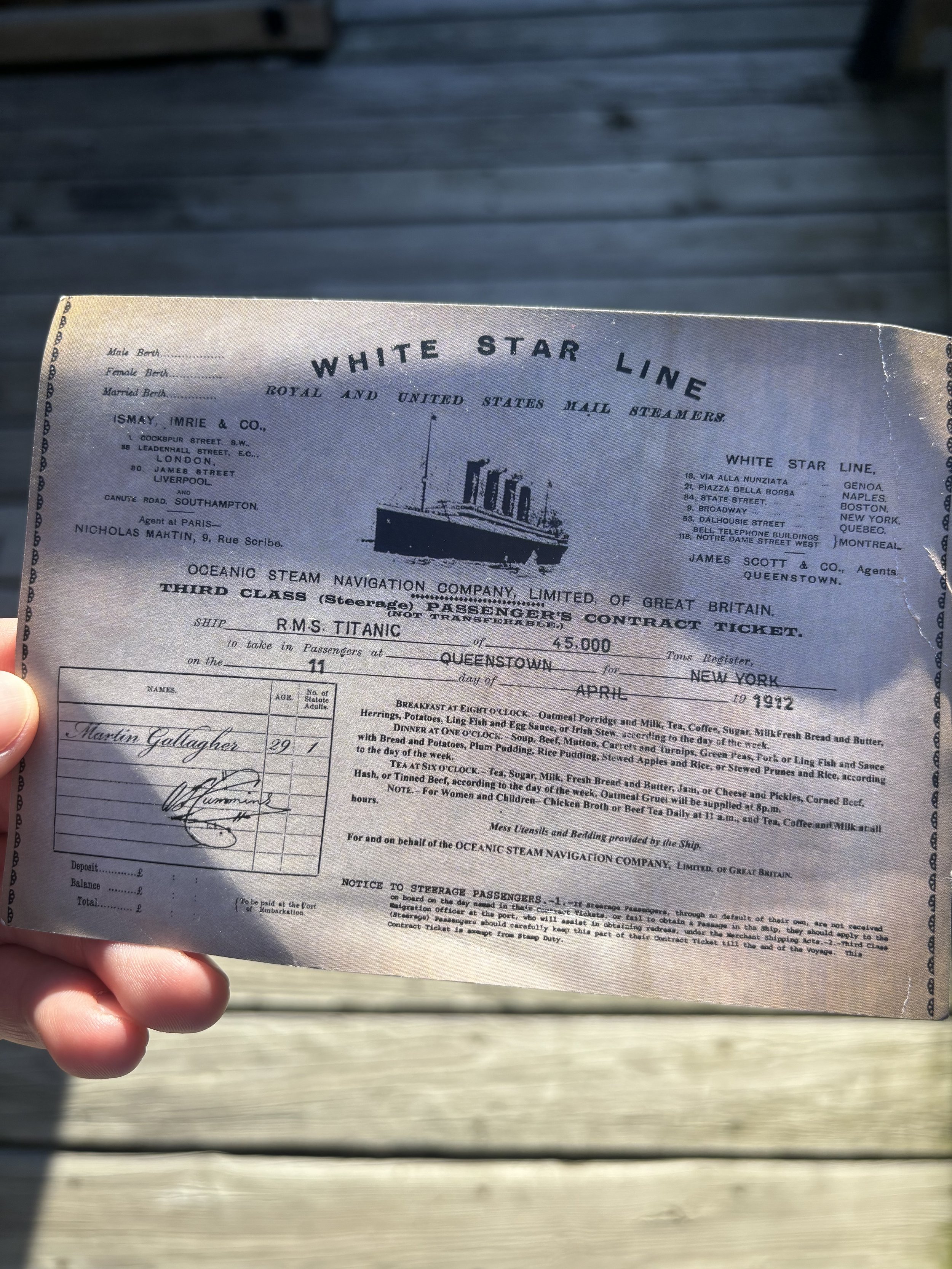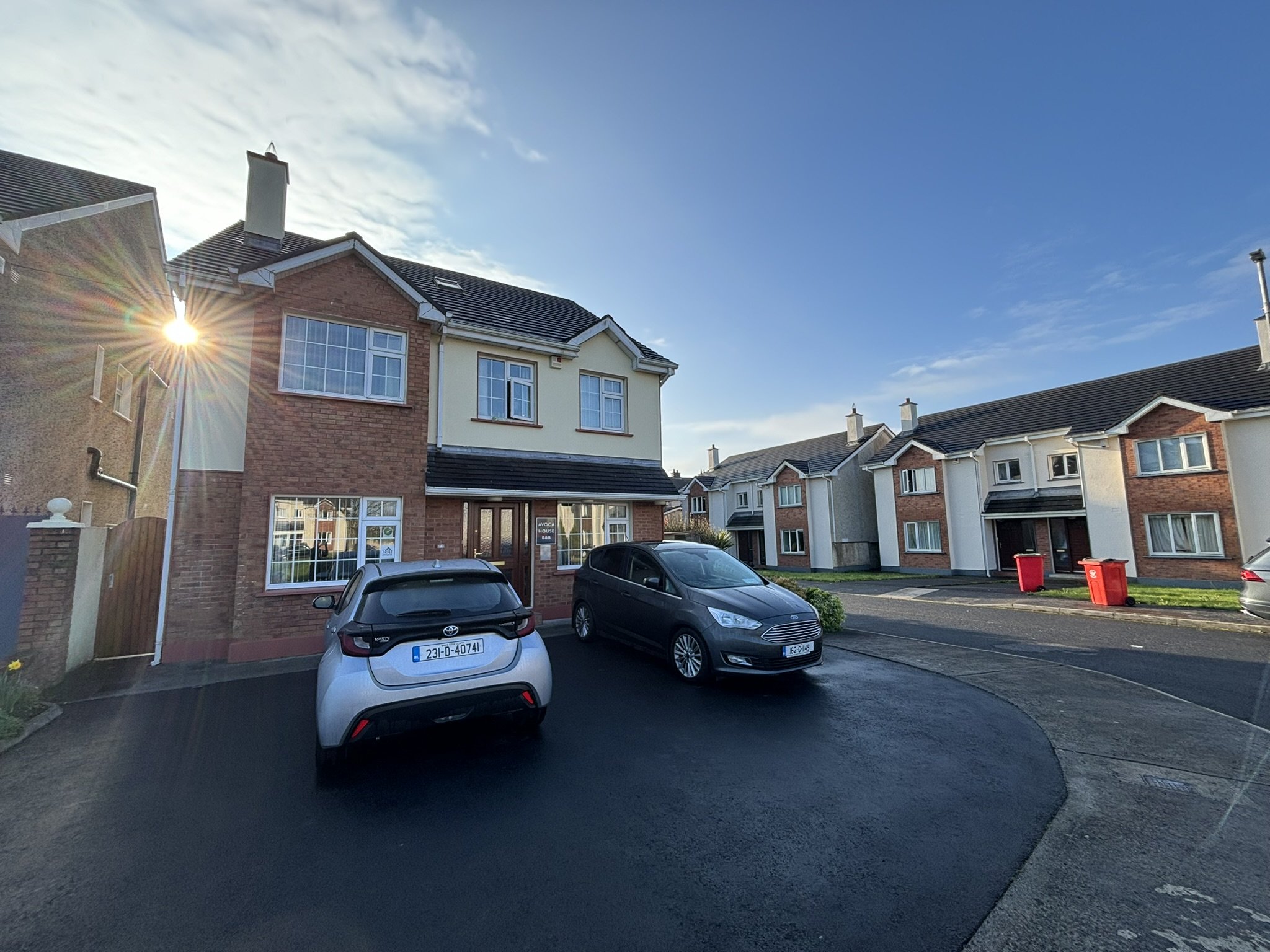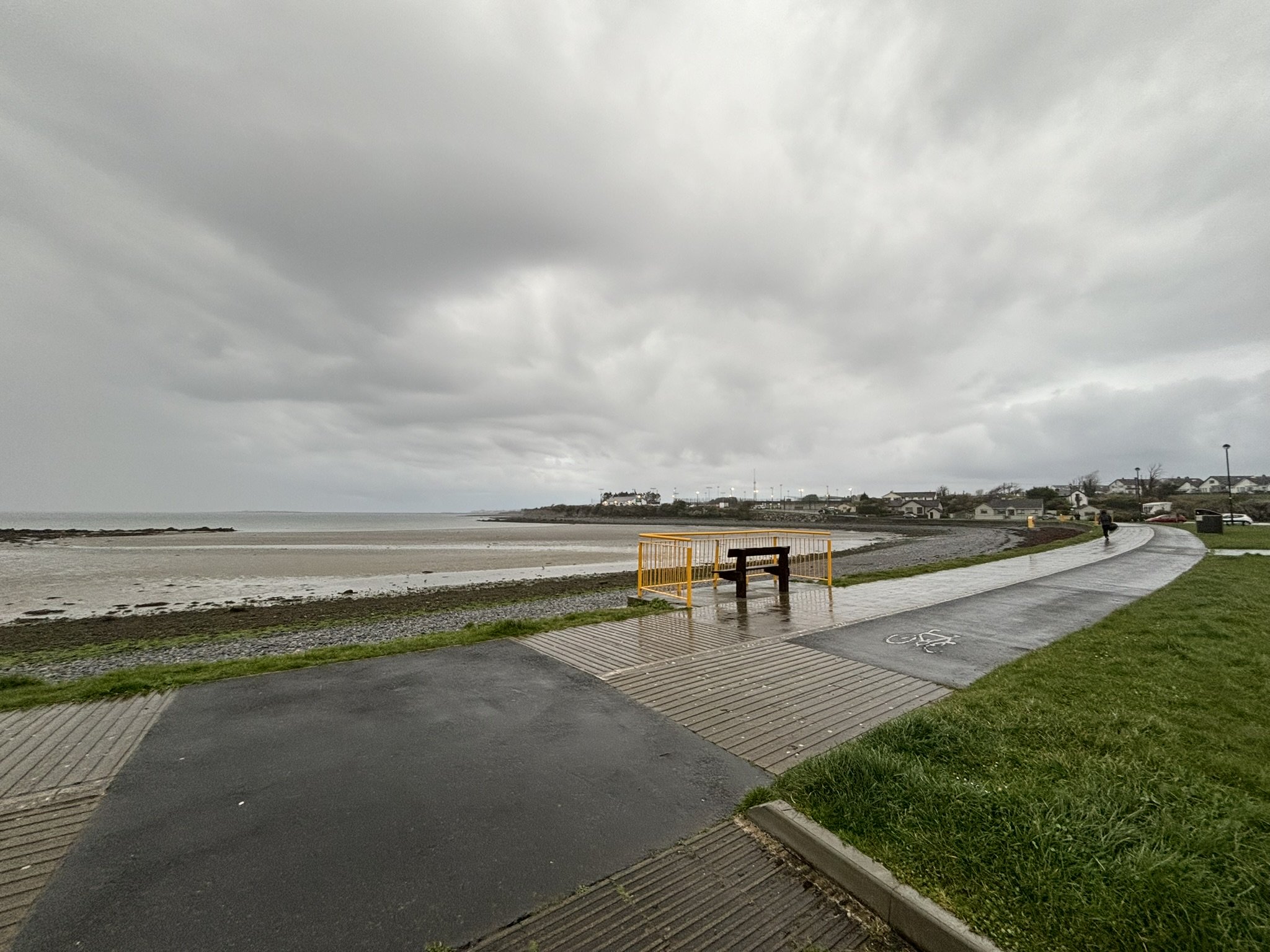Two Peas in a European Pod: One Week in Ireland & England — Day 3
Rainy and “mild” weather be damned, the club was going up on a Tuesday in Galway, Ireland
12:22pm, Tuesday — Kelly’s Bar provides the backdrop for an early afternoon cuppa (coffee, that is). A sign to the left of the register informs me the weekly lotto is up to 10,600 euros. Clint Eastwood, donning a grey sport coat and red sweater vest, appears out of nowhere: “Are you feeling lucky, punk?”
Apparently not ready to leave the cozy confines of Gem’s place in any kind of a hurry, Day 3 in Ireland got off to a slow start. Once we got going, however, we began the day by heading over to the same place the previous evening had concluded: the quaint and colorful city of Cobh.
A quick look through my phone’s camera roll reveals that I, unfortunately, did not take nearly enough photos of this seaside city, which sits on the southern end of Great Island in Cork Harbour. Tis truly a shame, because, while only visiting in person can really do it justice, seeing it through the camera’s lens at least gives you some idea of its idyllic nature. Thankfully, our Canadian pals over at Traveling Canucks have this gallery for you to peruse.
Our reason for returning, of course, was to take in the Titanic Experience — for real this time. Cobh, which was known as Queenstown in 1912, was the final port of call for the “unsinkable” behemoth that was the RMS Titanic. As such, it was the place the last 123 passengers boarded the ship before its ill-fated journey out into the Atlantic. After buying your tour tickets and registering inside at the desk, you’re handed a physical passenger ticket bearing the name of one of those 123 people, whose fate you learn at the end of the tour.
My passenger — 29-year-old Martin Gallagher (which was, coincidentally, my maternal grandmother’s maiden name) — had a third class ticket, so I didn’t have high hopes for him from the outset, but you never know, you know?
So the tour commenced. We were shown where the passengers of each class would have physically waited for the little taxi boat to shuttle them out to the Titanic itself, along with recreations of first- and third-class cabins, the latter of which were considered next-level to passengers coming from rural Ireland who were unaccustomed to electricity and hot, running water. Our tour guide and her audiovisual aids spit straight facts throughout the experience, which eventually leads to a room filled with interactive displays featuring all kinds of information (e.g. how long it would have taken for hypothermia to set in after passengers went into the icy waters, who some of the rich people aboard were, etc.).
It is also here where we learn the very real fate of our assigned passengers. As predicted, Martin Gallagher did not survive the sinking of the Titanic. Even worse, this poor guy had convinced four of his friends — two other men and two women — to embark on the voyage with him. The men all died; the women survived.
4:34pm — Having eaten scant breakfast, we embark on a side quest in Limerick to find a super late lunch. After striking out twice, an Italian restaurant, of all places, proves once again that the third time’s the charm. Touché, Bella Italia.
Having accomplished our Titanic mission, our time in Cork and Cobh had officially come to an end. We made way for our trusty Toyota Yaris and set off on the open road once again. Our next destination — Galway — was a solid three-hour drive to the north, so there wasn’t much more time to waste. One lickety-split stop for lunch in Limerick and 200-plus kilometers later, our second cozy accommodation appeared out of the din.
While I am partial to Airbnb’s (though less so than I used to be (hotels start to sound a little better as you get older (why don’t you sue me, okay?))), the thought of staying at an actual bed and breakfast while in Ireland sounded mighty appealing. That’s how, thanks to Expedia, we ended up booking a night at Avoca House, a cute little spot a short ways east of downtow… err, excuse me, the city centre.
6:45pm — Kathleen welcomes us inside her bed and breakfast as if greeting old friends. She then proceeds to give us the skinny on things to do in the area (hello, live music recommendations). Within seconds, I’m convinced I’ve found my adoptive Irish grandmother.
Raring to go in another brand new Irish city, we headed straight up to our room …and promptly took a nap (I’m old now, leave me alone). But! After that it was time to do a little exploring in Galway. Maybe we’d head over to Grafton Street, find a girl who plays the fiddle in an Irish band but fell in love with an English man — the kind of thing that would make Ed Sheeran proud.
For real, though, before heading to a bar in the city centre, getting a look at the shoreline along Galway Bay seemed like a perfect play. So we made way for Ballyloughane Beach, which appeared to us that evening as a mostly empty stretch of grey sand littered with brown seaweed. Certainly adding to the overall atmosphere of gloom (but let’s call it a romantic gloom, just for funsies) were the grey sky and a light drizzle that held up most of the night. Not to mention it was also under 10 degrees Celsius (50 Fahrenheit) and the wind was a-howlin’. Prime conditions for a dip in the bay, am I right?
8:13pm — The causeway leading to Mutton Island stretches out before us. Though it is lightly sprinkling and the gate at the end of the road is likely locked, blocking us from getting a closeup of the lighthouse beyond, we venture out for a walk anyway.
8:56pm — A siren song leads us toward the nightlife scene. The Kings Head, a lively pub allegedly voted Ireland’s best in 1651 (because #jokes), beckons us inside.
The Kings Head is a great spot to catch local live music nearly every night of the week
Following our visit to the beach, we ventured over to an area called The Claddagh, which is said to be the oldest fishing village in the country. According to Irish Central, an online hub for all things Ireland, the village remained completely separate from the city of Galway for centuries because of the Medieval-era walls that formerly surrounded “the Anglo-Norman city across the river”. What’s more, The Claddagh was basically remade in an entirely new image in the 1930s, when the old thatched cottages were torn down and replaced by what you’ll find there now — namely, council houses (a form of public housing) and other more modern homes.
Entirely ignorant of these facts at the time, we were just trying to take a cute little stroll down the causeway leading out to Mutton Island, where a merry little lighthouse sits all by its lonesome next to… *drum roll please… a wastewater treatment plant! That’s no joke, nor was the imposing locked gate at the entrance to the plant, which, at the time we stopped by anyway, was keeping anyone and everyone from accessing the island proper.
11:29pm — The fellows singing and playing guitar on stage round out their set with Neil Diamond’s “Sweet Caroline”, sending those of us remaining in the bar into a frenzy. It’s all I can do not to spill my beer (a Kings Head Blood Red Ale, no less).
We closed out the night at The Kings Head in Galway’s Latin Quarter, a cobblestoned district lined with boutiques selling local crafts, antique jewelry, and other wares, along with gourmet restaurants, street food, and perhaps the city’s liveliest nightlife scene. The building housing The Kings Head, found on High Street, has allegedly been standing for eight centuries, with the modern-day pub garnering its name from a storied history tied to the execution of King Charles I in 1649.
The current iteration of the bar, which still features a 400-year-old fireplace and other Medieval touches, opened its doors in 1989 and has been serving up locally-sourced food, strong drinks, free live music, and general joy and merriment ever since. If you ever stop in, one thing is definitely guaranteed: you’ll have a better time than our boy Chuck. Long live the king! (Too soon?)
-LTH





